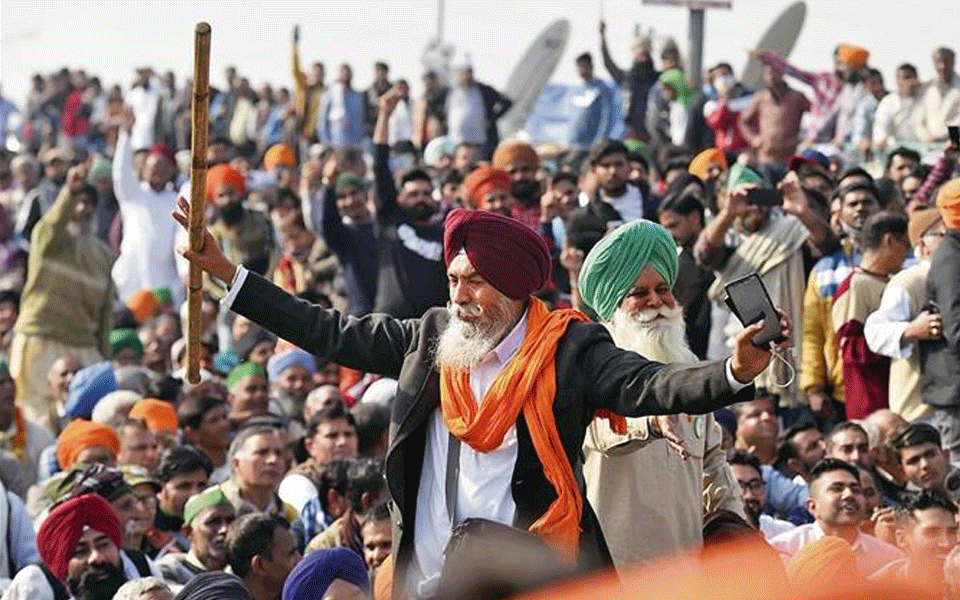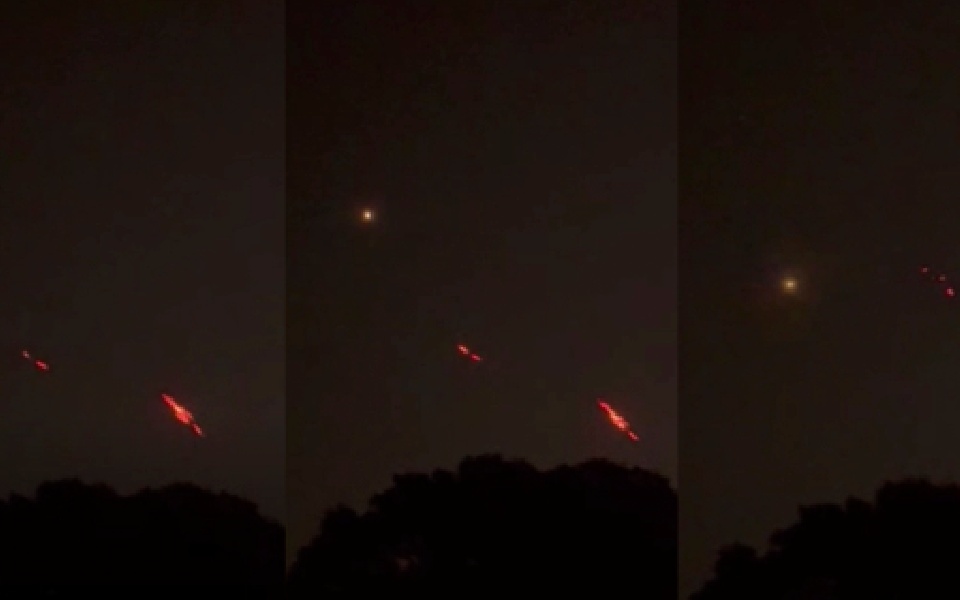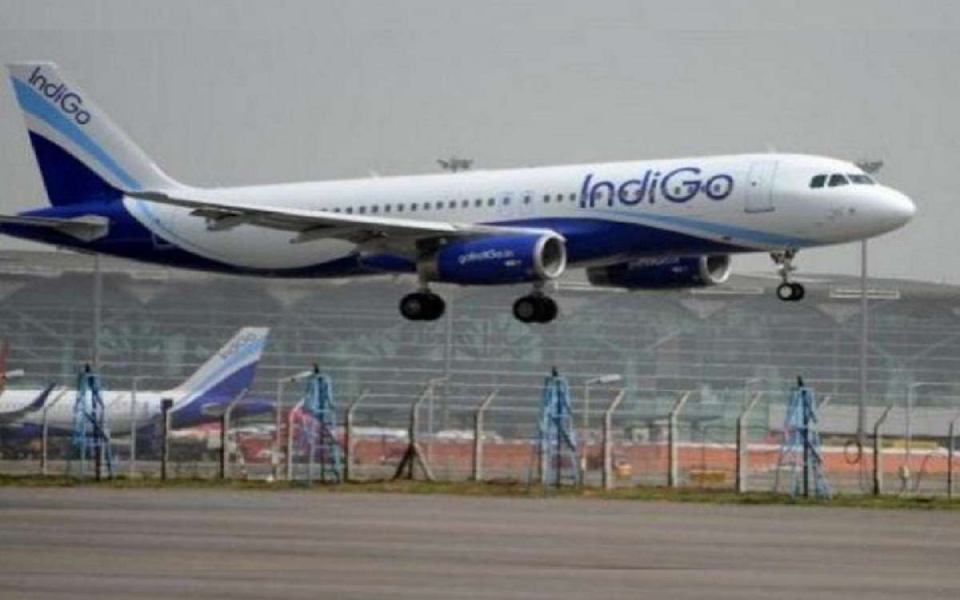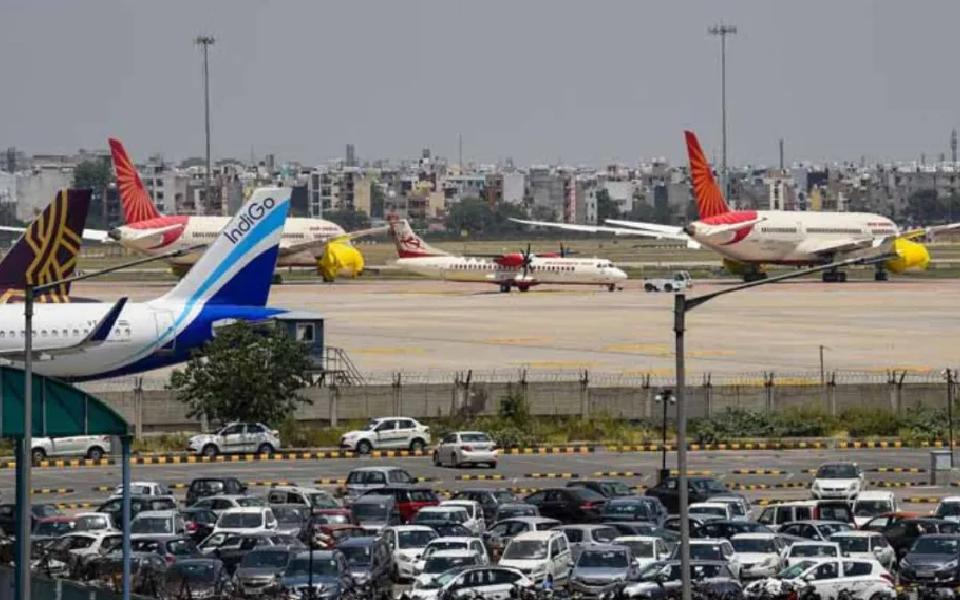New Delhi (PTI): The RSS-affiliated Bharatiya Kisan Sangh (BKS) on Monday announced a protest rally of farmers in the national capital on December 19 to press their demands for increasing financial assistance under the PM-KISAN scheme and removing GST on agricultural equipment and fertilizers.
BKS all-India secretary K Sai Reddy said the national executive, at its meeting in the city on October 8 and 9, decided that the financial stability of farmers is paramount and to ensure that necessary steps must be taken.
"In the meeting, we have decided to hold a massive protest rally -- 'Kisan Garjana Rally' -- in Delhi on December 19 and demand the central government to remove GST on agriculture inputs. We will also press for our demand that Kisan Samman Rashi should also be increased keeping inflation in mind, Reddy said at a press conference here.
He also said several programs will be held in October and November to aware people of the issues and the rally.
BKS general secretary Mohini Mohan Mishra said farmers from across the country will participate in the rally on December 19 and draw the attention of the government towards their condition.
"The plight of farmers has further worsened in the country due to rising prices of inputs in agriculture," he said.
Elaborating on the demands of BKS, Mishra said, "Farmers have been paying GST on various agriculture equipment. Despite being producers they are not getting any input credit. So either government should reduce the input share in GST to zero or ensure farmers get a profitable price for their produce."
Stating that farmers are not able to realize a profitable price for their crops, Mishra termed the minimum support price (MSP) a "flawed" concept.
"There should be a new pricing mechanism based on the profitable price of crops after considering the cost of production. The existing system of MSP is flawed," he said.
The Centre has recently appointed a committee to look into the MSP-related issues of farmers.
He also demanded that PM-Kisan Samman Nidhi, which is Rs 6,000 per year per farmer, "should be increased regularly by linking it with inflation."
Claiming that fertilizer and urea are being diverted for non-agricultural purposes, Mishra said, "Fertiliser subsidy should be directly transferred into the accounts of farmers."
He said farmers are leaving agriculture and looking for other options because of the neglect by the government and less profit in farming.
So there is a need to take such measures so that farmers do not leave agriculture. The government talks about farmers and doubling their income, so it should take these steps to ensure farmers' welfare, he said.
Let the Truth be known. If you read VB and like VB, please be a VB Supporter and Help us deliver the Truth to one and all.
Jammu, May 12 (PTI): Security forces are engaging suspected drones observed along the International Border in Samba district of Jammu region on Monday, an Army said.
This fresh incident of drone activity along the borderline comes barely hours after Prime Minister Narendra Modi’s first address to the nation following Operation Sindoor and the meeting of the DGMOs of India and Pakistan.
The Army, however, said there is no need to be alarmed.
“A small number of suspected drones have been observed near Samba in J&K. They are being engaged,” it said.
In the backdrop of the situation, several areas witnessed blackouts in Samba, Kathua, Rajouri, and Jammu.
Lights were switched off at the cave shrine of Mata Vaishno Devi and along its track as a precautionary measure, sources said.
On Monday, talks between the DGMOs were held during which issues related to the continuing commitment that both sides must not fire a single shot or initiate any aggressive or inimical action against each other were discussed, the Indian Army said.
It was also agreed that both sides would consider immediate measures to ensure troop reduction along the borders and in forward areas, it added.
The situation remained largely peaceful across Jammu and Kashmir, with no incidents of ceasefire violation reported along the Indo-Pak border Sunday overnight — marking the first calm night after 18 days of hostilities following the Pahalgam terror attack that left 26 people — mostly tourists — dead.
India and Pakistan on Saturday reached an understanding to cease all firing and military actions on land, air, and sea with immediate effect, following four days of intense cross-border drone and missile strikes that brought the two countries to the brink of full-scale war.
Eighteen days of intense hostilities following the Pahalgam terror attack and Operation Sindoor, which brought India and Pakistan to the brink of war, ended with a ceasefire that restored calm along the Line of Control, the International Border, and the hinterland in Jammu and Kashmir. The Army thwarted Pakistan’s Hamas-style kamikaze drone attacks during the escalation.
Since the night of April 24, hours after India suspended the Indus Waters Treaty in response to the Pahalgam terror attack, Pakistani troops repeatedly targeted Indian positions along the LoC — beginning in the Kashmir Valley and quickly expanding to the Jammu region.
The latest hostilities began in the northern districts of Kupwara and Baramulla in the Kashmir Valley, before spreading southwards to Rajouri, Poonch, Akhnoor, and the Pargwal sector along the International Border in Jammu district. The firing affected five border districts — Baramulla, Kupwara, Poonch, Rajouri, and Jammu.
The recent round of cross-border firing further undermined the ceasefire agreement reached in February 2021, which has largely been seen as ineffective due to Pakistan’s frequent violations along the 740-km-long LoC.
The April 22 terror attack, which claimed the lives of 26 people — mostly tourists — in Pahalgam’s Baisaran valley, triggered a strong response from the central government.
The India-Pakistan border stretches over 3,300 kilometers, divided into three segments: the International Border (IB), spanning about 2,400 km from Gujarat to Akhnoor in Jammu; the 740-km-long Line of Control (LoC) that divides Jammu and Kashmir; and the 110-km-long Actual Ground Position Line (AGPL), which separates the Siachen Glacier region.
WATCH: OP Sindoor continues. Minutes after PM Speech.
— Rahul Shivshankar (@RShivshankar) May 12, 2025
A small numbers of suspected drones being observed near Samba in J&K. Being engaged . pic.twitter.com/jmGmRkmQ26





